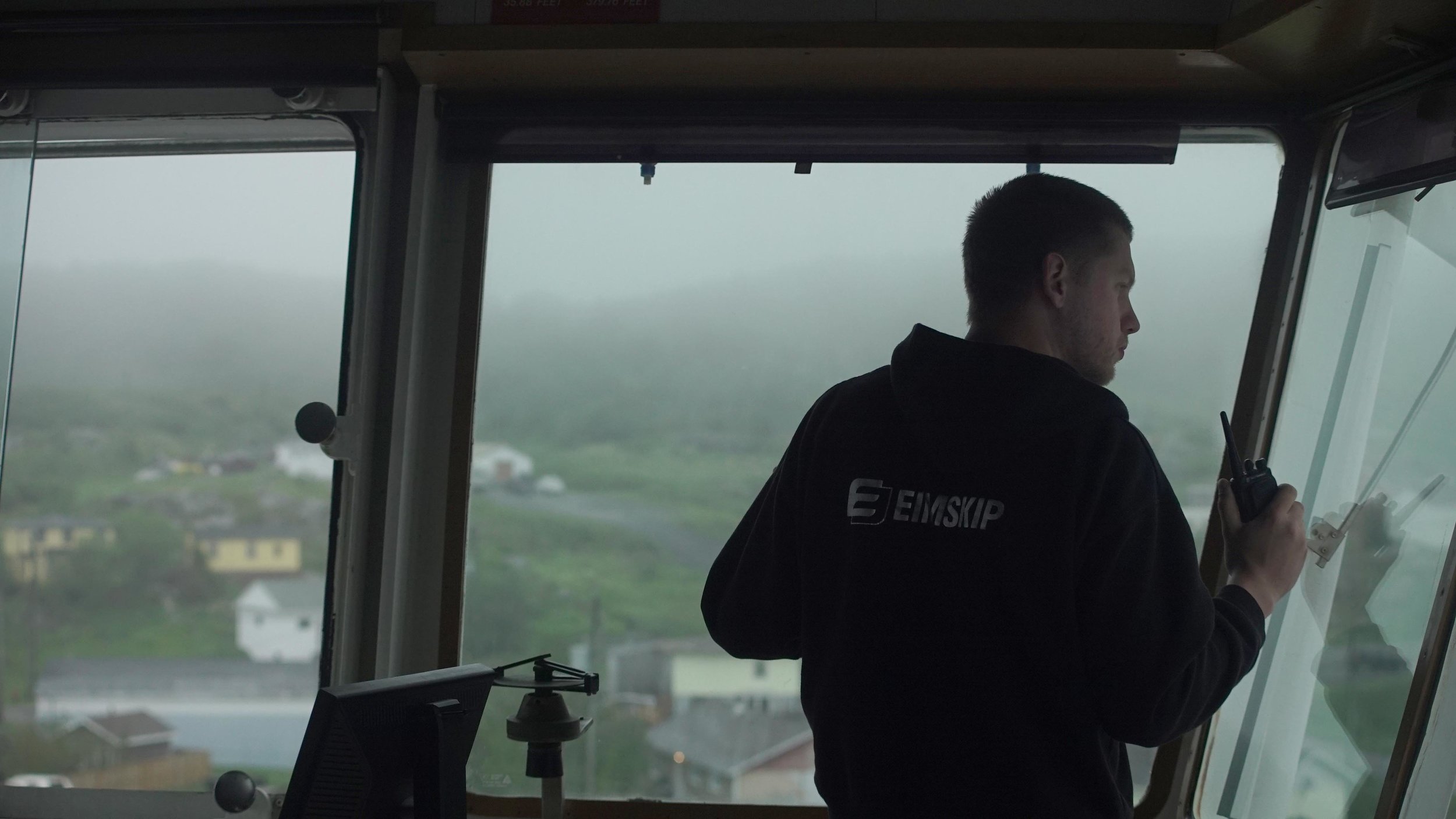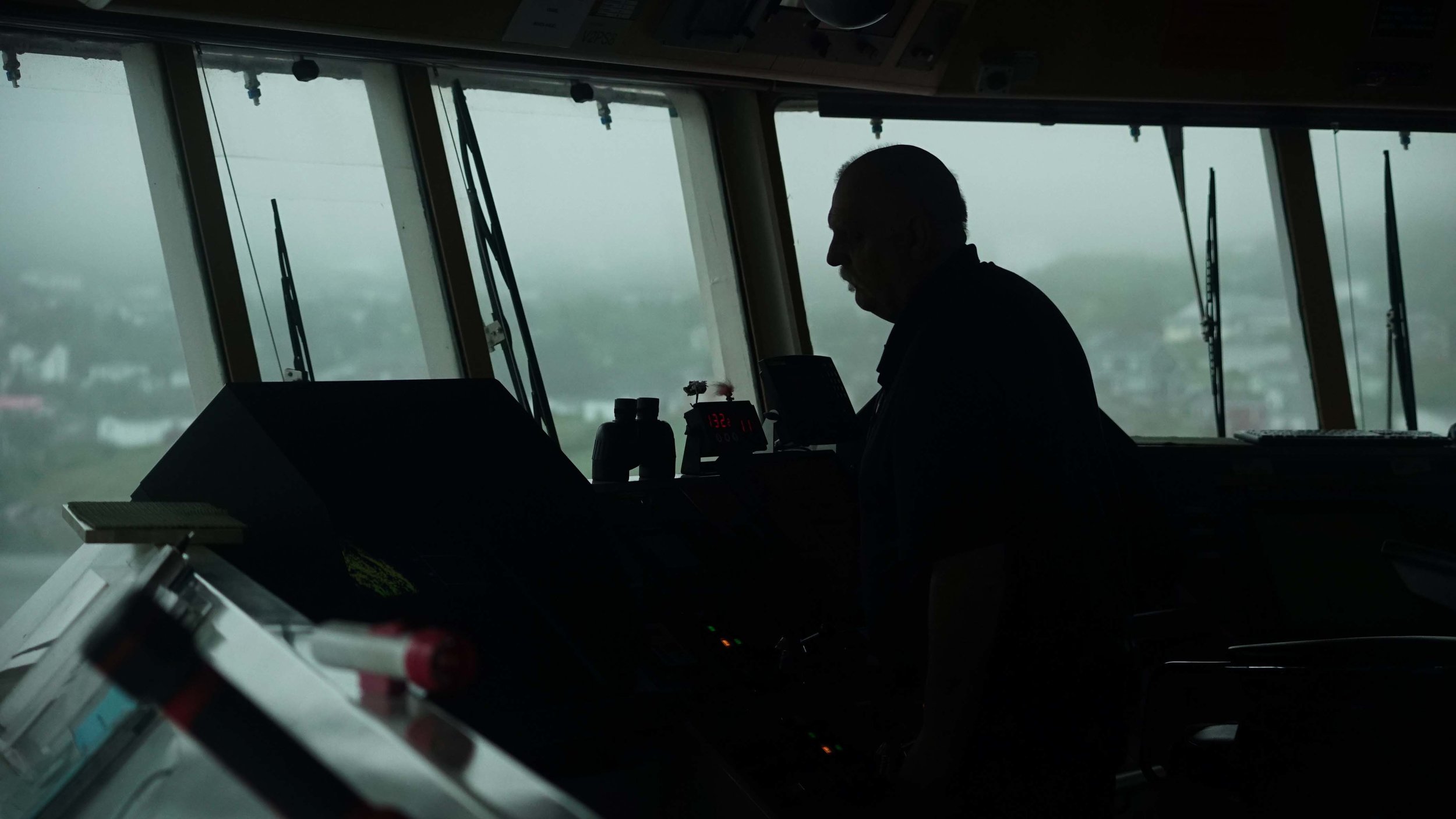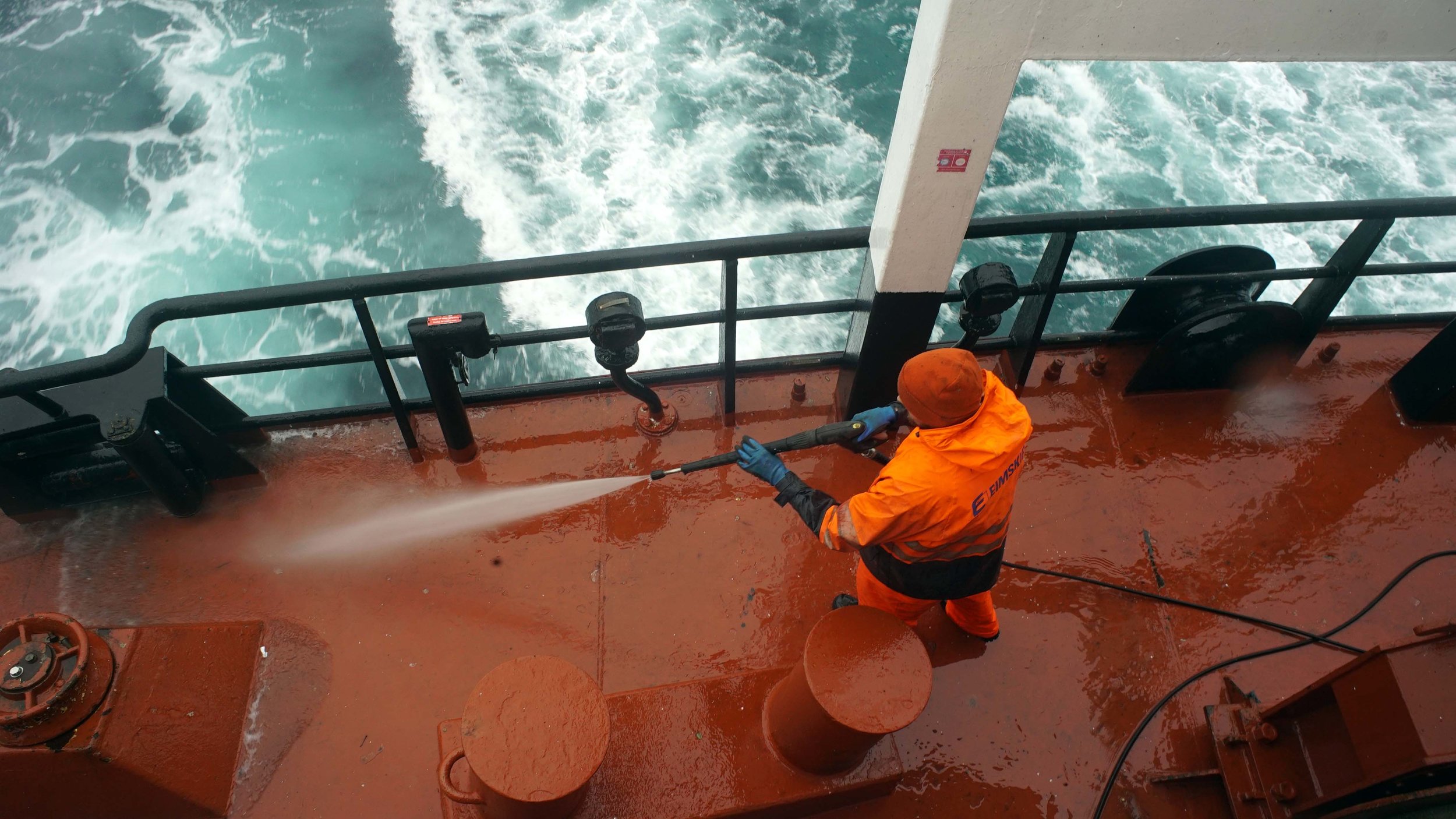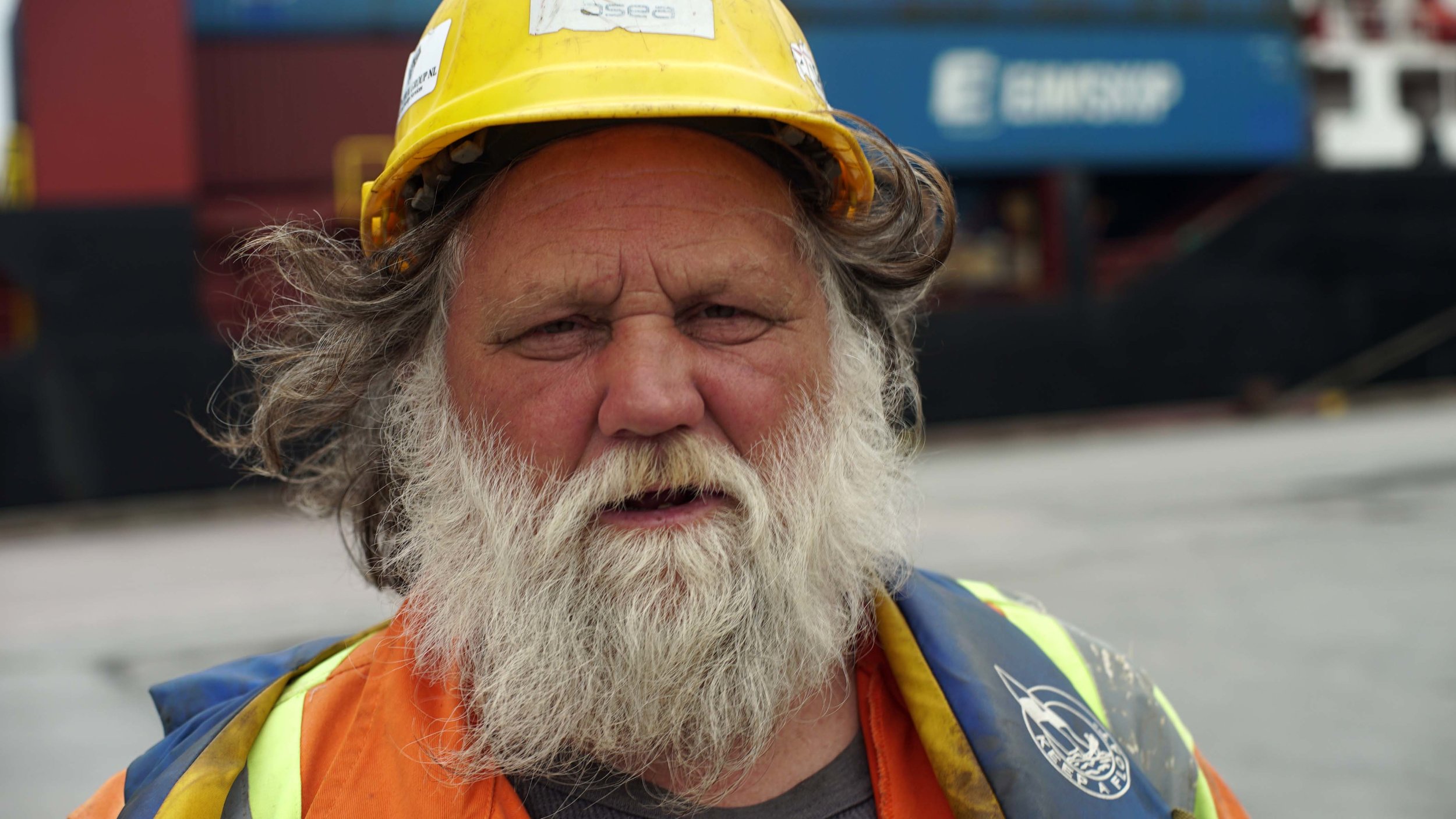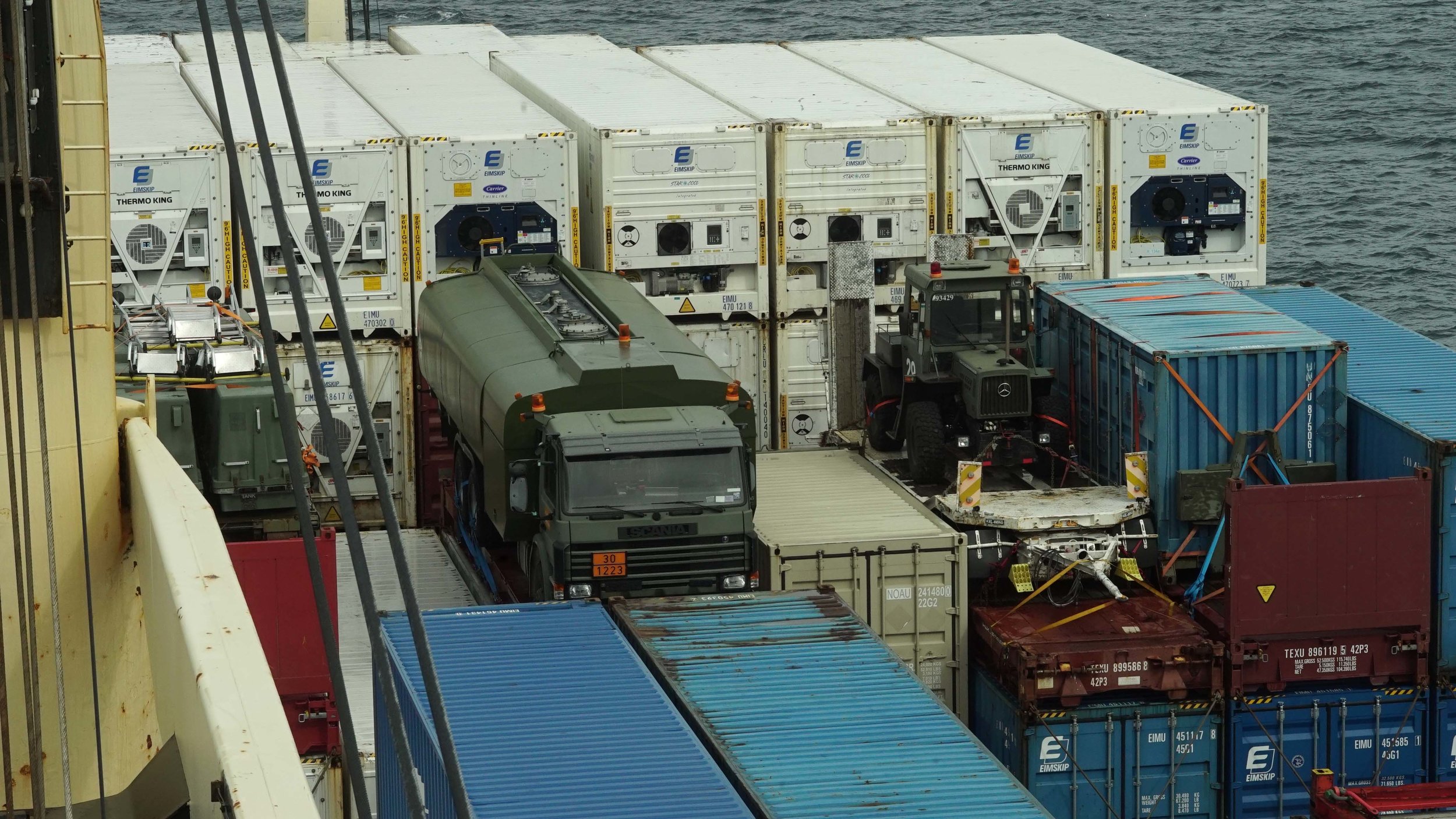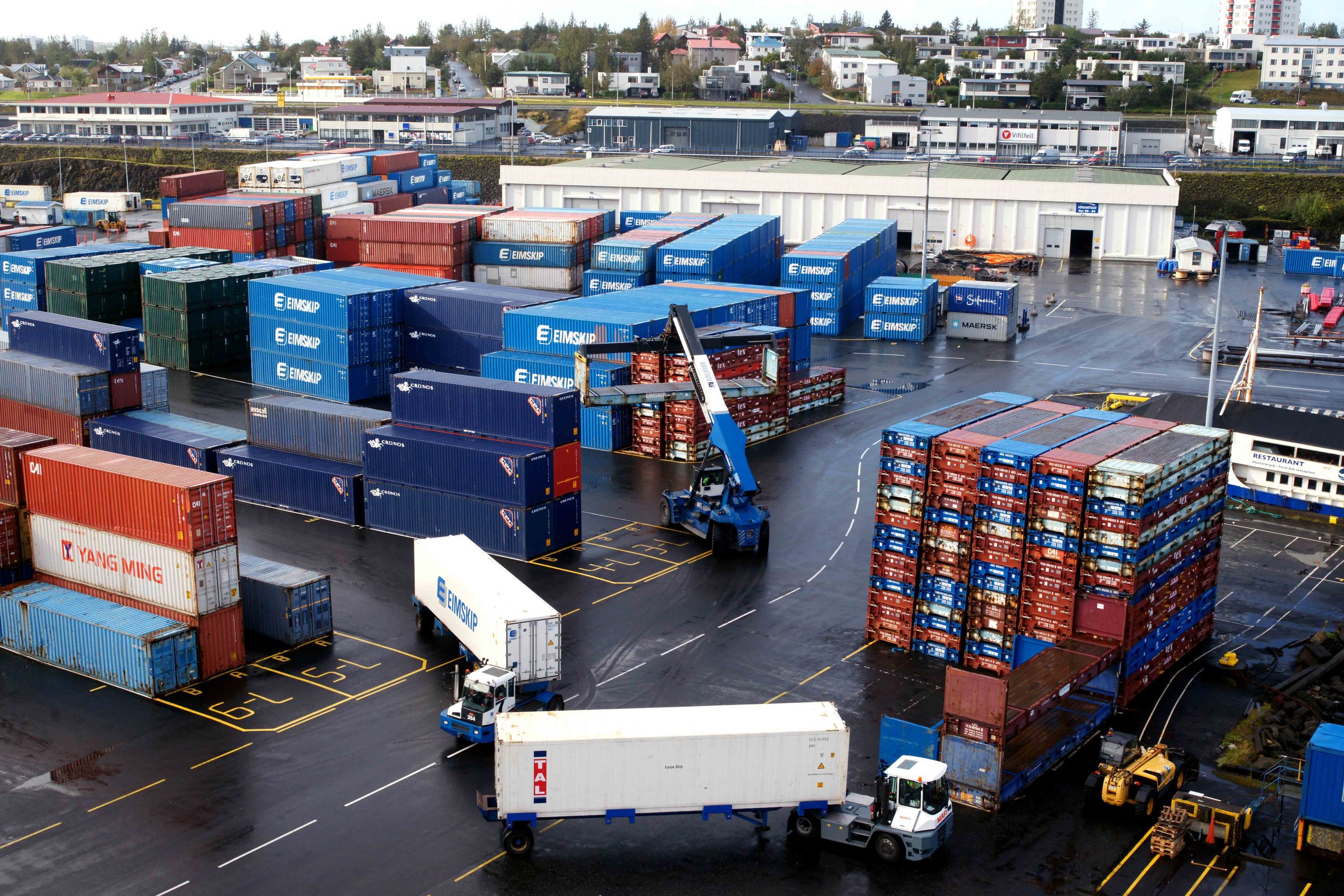Unanchored Radio: Tom Bell & Ihila Lesnikova
CULTURE
Arts Across The Ocean
Text:
Tom Bell
Interview:
Ihila Lesnikova
Photography & Podcast:
Tom Bell & Ihila Lesnikova
My 20-year-old daughter and I traveled from Portland, Maine, to Akureyri, Iceland, in the summer of 2016 on the container ship Brúarfoss, owned by the Icelandic steamship line Eimskip.
The Basics:
When the Bruarfoss left Portland, its Iceland-bound cargo included sweet potatoes from North Carolina, M&M candies from New Jersey, ice cream from Maine, scrap metal from Pennsylvania and grapes from California.
Also on board: Maine blueberries bound for the Netherlands and a Porsche traveling from Boston to Fredrikstad, Norway.
When the Bruarfoss returns to Portland next month, its primary cargo will be frozen seafood. Refrigerated containers will be loaded onto truck chassis and delivered to cold storage warehouses in the Boston area and eventually to suppliers around the United States.
The fish is harvested in the rich fishing grounds off Newfoundland, Iceland, the Faroe Islands and Norway.
The Route:
Sailing from Portland, the Brúarfoss stops in two Newfoundland ports, Argentia and St. Anthony, to pick up frozen shrimp and fish. It then sails to Iceland.
After calling on Reykjavik, the Bruarfoss sails north along Iceland’s west coast. It stops at two small ports, Ísafjordur and Akureyri, primarily to pick up fish bound for Europe.
After leaving Iceland, the Brúarfoss stops in Immingham, England, and finally Rotterdam, Europe’s largest port.
The ship then returns to Portland on the same route, with the addition of a stop in Halifax, Nova Scotia.
Calling on Small Ports:
The 23-year-old Bruarfoss is a miniature version of today’s modern container ship. The Bruarfoss is only 415-feet in length – about a third the length of the world’s largest container ships – and it carries 1/25th the cargo. The ship’s owner, Eimskip, is successful because it’s a niche shipping line that calls on the small, out-of-the-way ports typically ignored by the major shipping companies.
Eimskip Operations:
Eimskip operates a fleet of 16 vessels and five shipping lines in the North-Atlantic. Its freight yard near Reykjavik serves as its hub. The company also offers freight forwarding services around the world and has operations in 18 nations. It specializes in moving frozen and refrigerated products.
Three Eimskip vessels call regularly on Portland, arriving approximately every 12 days.
Cargo from Portland can be transloaded to other Eimskip routes and partner routes for delivery in ports in Greenand, Norway, Russia, Portugal, Spain, Germany, and the Baltic nations.
Eimskip began operations in Maine in March, 2013, making Portlan the company’ s only scheduled U.S. port of call. Previously, Eimskip company operated out of the Port of Norfolk, Virginia. The company that year also announced it plans to move its North American corporate offices from Virginia Beach to Portland.
When Eimskip moved to Portland, it provided Maine with its first direct container service between Maine and Europe in 33 years.
Interview:
Ihila Lesnikova
Ihila Lesnikova watches the sun set behind Mount Washington as the Bruarfoss leaves Portland Harbor.
Why did you go on the trip?
I wanted to experience life aboard a container ship with Icelandic mariners. It was an adventure, and I had no idea what to expect. All I knew was that it would be a tough journey, and that I needed to record it all through my podcast.
What were the highlights, low points of the journey?
I was sea sick and had cabin fever, and I realized that the mariner lifestyle was not for me. The ship became my whole world, and I enjoyed talking to the engineer and second mate about Icelandic soccer, why they love their jobs, and their culture. The mariners’ jobs are intense, dangerous, and they work around-the-clock in shifts. I have so much respect for what they do, but I prefer to stay on land.
What did you want to achieve with the podcast?
I am addicted to listening to podcasts, so I taught myself how to make one. I wrote and recorded the episodes with my dad, edited them, and uploaded them online. The podcast was our only way of communicating with the outside world.
What did you discover about live aboard a ship you never knew before?
Time goes by slowly living aboard a ship, and I missed the internet and talking to people besides my dad. The mariners usually kept to themselves, and I did my best to not invade their space. In such a small space, everyone has to get along.
What was it like being the only woman aboard the ship?
When I realized I would be the only female aboard the ship, I was nervous. I packed pepper spay. As soon as I boarded, though, the mariners were immediately kind and respectful. I honestly forgot I was the only girl on the ship. ▢











